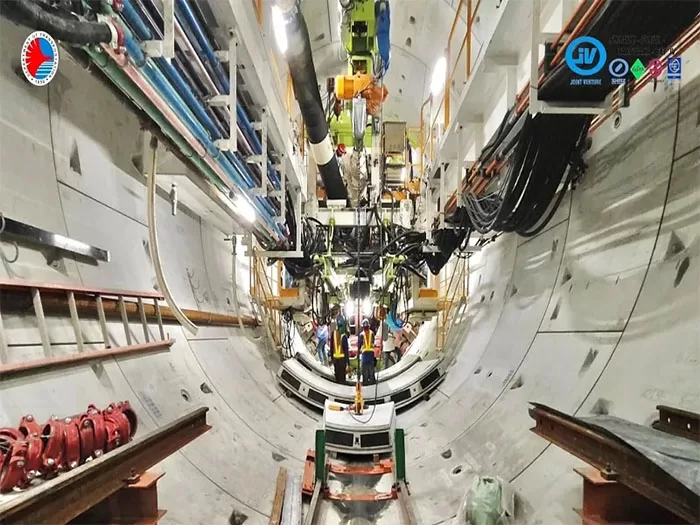For the people in the Philippines who want their daily commute to become a breeze, the government’s groundbreaking transport project, also called the Project of the Century, is well underway to make it a reality. The Metro Manila Subway Project (MMSP) with a considerable budget of 9 billion US dollars is under construction and set to transform how people travel in the busy metropolis.
Whether you are a resident of the Philippines or a visitor who has witnessed up close the hassle of jampacked roads in Metro Manila, there’s no denying that Metro Manila has one of the worst metro area traffic, especially in the rush hours. However, in just five years’ time, the severe traffic congestion that disturbs Metro Manila will soon be a thing of the past as the MMSP project will allow you to travel from Quezon City to Ninoy Aquino International Airport in just 35 minutes.
A Quick Project Overview
The Metro Manilla Subway project, co-funded by JICA (Japan International Cooperation Agency) and DoTr (Department of Transport) Philippines broke ground in early 2019 and is expected to be completed by 2029 with the aim to make transport less time-consuming, secure, and all the more efficient. It’s the first of a kind underground railway system in the Philippines based on a 33 km long stretch that will connect the north to south or Valenzuela City to Pasay City with 17 stations in between.
What’s So Unique About This Project?
The MMSP isn’t just any subway or metro project but one that truly understands the needs of the Metro Manila region. Here are some advanced features it will have for you:
Capacity
You can travel in high-capacity trains that can carry more than 2000 passengers and will reach train stations every five minutes.
Speed
You can cut back your travel times substantially as high-speed trains will be part of the project that will travel at 80 km/h speed.
Interconnectivity
You can travel easily in the metro without changing trains as the subway will link with the current rail system.
Costs and Current Status
The total expected expenditure for this project is around 588.5 billion Philippine Pesos which translates to 9 billion US dollars. The Philippine government has sourced a significant amount of total costs through loans from the Japan International Cooperation Agency. Transportation Secretary Jaime Bautista said earlier this year, “With the support of JICA, we are working on this project on time for operation in 2029.”
The project is currently under construction with some aspects under development. Undersecretary John R. Batan in a forum discussion in May reported that the project “has already made significant progress in construction” with 14.5 % physical target completion achieved in Q2 2024. Once complete, the subway will be able to cater to a good 1.5 million passengers daily making a win-win situation for both the authorities and the commuters.
Also Read: Northwin Global City, Bulacan’s first-ever metropolitan hub for business, Philippines
Project Fact Sheet
Name: Metro Manila Subway Project (MMSP)
Location: Metro Manila, Philippines
Total Cost: ₱488.5 billion (almost 9 billion USD)
Length: 33.1 kilometers
Financer: JICA/Philippine Government
Operator: Philippine’s Department of Transportation (DOTr)
Project’s Significance: It is the first underground railway system in the Philippines.
Start Date: 2019
Expected Completion Date: 2029
Current Status: Under Construction
Significance of This Groundbreaking Project
Looking forward, the Metro Manila Subway project will reduce travel times, especially between the busy Quezon City and Ninoy Aquino International Airport (NAIA), from an hour and ten minutes down to just thirty-five minutes. As a part of the Marcos Administration’s “Build Better, More” Program, this project will truly promote the fast-paced infrastructure development in the Philippines and revolutionize the public transportation scenario in Metro Manila providing a modern mobility solution to long-time traffic issues in the region.

